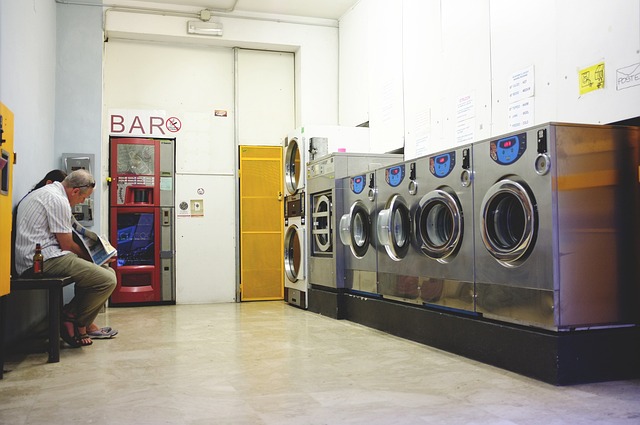Prisons can significantly impact local real estate markets. Their construction initially depresses property values due to proximity but paradoxically leads to increased security, infrastructure upgrades, and business growth over time. This boosts residential demand and stabilizes or raises property values, making areas near prisons attractive for investment. Case studies, like Auburn, Alabama, demonstrate how prisons can act as economic anchors, fostering diverse local economies with commercial and residential developments catering to unique correctional facility needs.
“Prisons, often seen as institutions of justice, are emerging as surprising catalysts for local economic growth. This article delves into the multifaceted impact of correctional facilities on the real estate market, exploring how their presence can influence property values and drive development. We analyze case studies showcasing areas with high prison concentrations and their subsequent real estate trends. Additionally, we examine prisons’ roles in community development, employment opportunities, and skills training, while also addressing the ethical considerations and potential challenges of this prison-driven economic shift, emphasizing the importance of a balanced approach.”
The Economic Impact of Prisons on Local Real Estate Markets

The presence of prisons can significantly influence local real estate markets, often in unexpected ways. As institutions with substantial physical footprints, they can drive up demand for certain types of property. For instance, nearby residential areas might experience higher land values due to the increased security measures and lower crime rates associated with prison locations. This, in turn, can attract families looking for safer neighborhoods, fostering a positive cycle for local real estate agents and developers.
Moreover, prisons often spark infrastructure development in their surrounding areas. Construction projects, like road improvements or public services upgrades, can enhance the overall appeal of the region. These investments not only cater to the prison’s needs but also benefit the broader community, making it an attractive location for businesses and residents alike. The ripple effect on real estate is notable, with property values potentially rising as a result of these infrastructure enhancements.
– Exploring the relationship between prison locations and property values

The placement of prisons often has subtle yet significant implications for surrounding real estate markets. Research suggests that while proximity to a prison might initially depress property values, it can also have a paradoxical effect over time. This is due to several factors: enhanced security measures improving the area’s overall safety perception, the presence of correctional institutions attracting essential services and businesses catering to inmates’ needs, and increased infrastructure development as a result of the local government’s efforts to support the prison and its employees.
As such, certain areas with prisons have experienced revitalized real estate scenarios, with property values either stabilizing or increasing. This dynamic relationship highlights the complex interplay between criminal justice facilities and local economies, offering insights that can inform urban planning strategies and community development initiatives.
– Case studies: Areas with high concentration of prisons and their real estate trends

In areas with a high concentration of prisons, we often see unique real estate trends emerging. These regions, while perhaps stereotyped, can experience notable economic boosts due to the presence of correctional facilities. For instance, towns like Auburn, Alabama, known for its maximum-security prison, have seen an increase in local businesses catering to the prison’s needs, from food supply to clothing manufacturers. This has led to a diversification of the local economy, with real estate values reflecting this growth—areas near the prison often experience higher property values and rental rates due to the consistent demand for housing by prisoners’ families and support staff.
Case studies like these illustrate how prisons can act as economic anchors, attracting development and infrastructure improvements. The presence of a prison can drive the creation of new businesses, services, and even residential communities, fostering a vibrant local economy. Real estate trends in these areas often showcase a mix of commercial and residential properties, each playing a critical role in supporting the unique demographic of the region.






